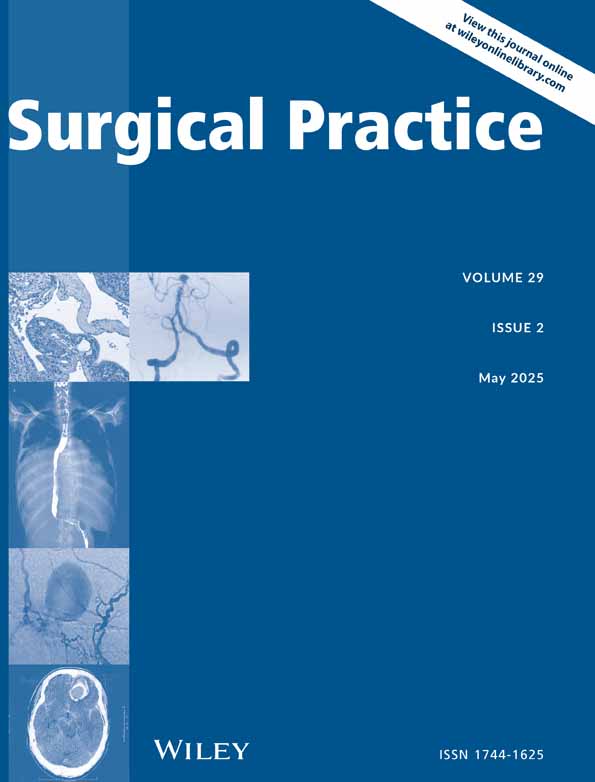The use of the Patient and Observer Scar Assessment Scale (POSAS) scale to assess neck scar quality: Development of the Russian version of the POSAS and its testing in patients undergoing thyroid surgery
Abstract
Background
We aimed to develop a Russian version of the Patient and Observer Scar Assessment Scale (POSAS 3.0; POSAS-R), evaluate its psychometric properties, and test its applicability in patients undergoing thyroid surgery.
Methods
POSAS-R was developed in accordance with international guidelines. Its feasibility, reliability, validity, and sensitivity to change were then evaluated.
Results
The POSAS-R was tested in a group of 115 patients (mean age 39.2 years) who underwent thyroid surgery. Both subscales, the Russian version of the Patient Scar Assessment Scale and the Russian version of the Observer Scar Assessment Scale, demonstrated acceptable internal consistency (Cronbach α = 0.82–0.86), reproducibility (intraclass correlation coefficient = 0.97 and 0.88; P < .001), and strong correlations with the Visual Analog Scale (Spearman r = −0.807 and −0.712; P < .001). Sensitivity to change was moderate (effect size = 0.50 and 0.52).
Conclusion
The developed Russian version of the POSAS is a valid and reliable tool for evaluating post-operative scars after thyroid surgery. The sensitivity and applicability of the POSAS-R to monitor scar changes in patients following thyroid surgery were demonstrated.
CONFLICT OF INTEREST STATEMENT
The authors declare that they do not have a conflict of interest.




